Rising Urbanization
The increasing trend of urbanization appears to be a pivotal driver for the E-Bike Market. As more individuals migrate to urban areas, the demand for efficient and sustainable transportation solutions intensifies. E-bikes offer a practical alternative to traditional vehicles, alleviating traffic congestion and reducing carbon emissions. According to recent data, urban areas are projected to house approximately 68% of the global population by 2050, which could lead to a surge in e-bike adoption. This shift in demographics suggests that city dwellers are likely to favor e-bikes for their convenience and eco-friendliness, thereby propelling the E-Bike Industry forward.
Government Incentives
Government incentives play a crucial role in shaping the E-Bike Market. Various countries are implementing policies to promote electric mobility, including subsidies, tax rebates, and infrastructure development for cycling. For instance, certain regions have allocated substantial budgets to enhance cycling infrastructure, which could potentially increase e-bike sales. Data indicates that regions with robust government support for electric vehicles have witnessed a marked increase in e-bike registrations. This trend suggests that as governments continue to prioritize sustainable transportation, the electric bike market may experience accelerated growth, driven by favorable regulatory environments.
Environmental Concerns
Growing environmental concerns are increasingly influencing consumer choices, thereby impacting the E-Bike Market. As awareness of climate change and pollution rises, more individuals are seeking sustainable transportation options. E-bikes, which produce zero emissions during operation, present a viable solution for eco-conscious consumers. Data indicates that a significant portion of the population is willing to invest in greener alternatives, which could lead to a substantial increase in e-bike sales. This shift in consumer behavior suggests that the E-Bike Landscape is well-positioned to capitalize on the rising demand for environmentally friendly transportation solutions.
Technological Innovations
Technological innovations are transforming the E-Bike Market, enhancing the overall user experience. Advances in battery technology, such as increased capacity and reduced charging times, are making e-bikes more appealing to consumers. Additionally, the integration of smart features, such as GPS navigation and connectivity with mobile applications, is likely to attract tech-savvy users. Market analysis indicates that e-bikes equipped with advanced technology are gaining traction, as they offer enhanced functionality and convenience. This trend suggests that as technology continues to evolve, the E-Bike Sector may witness a significant uptick in demand, driven by consumer preferences for innovative solutions.
Health and Fitness Awareness
The growing awareness of health and fitness among consumers is likely to influence the E-Bike Market positively. E-bikes provide an appealing option for individuals seeking to incorporate physical activity into their daily routines without the strain of traditional cycling. This trend is particularly evident among urban commuters who may prefer a less strenuous mode of transport. Market data suggests that e-bikes can help users achieve their fitness goals while also serving as a practical commuting solution. As health consciousness continues to rise, the electric bike market may benefit from an influx of health-oriented consumers seeking to balance fitness with convenience.
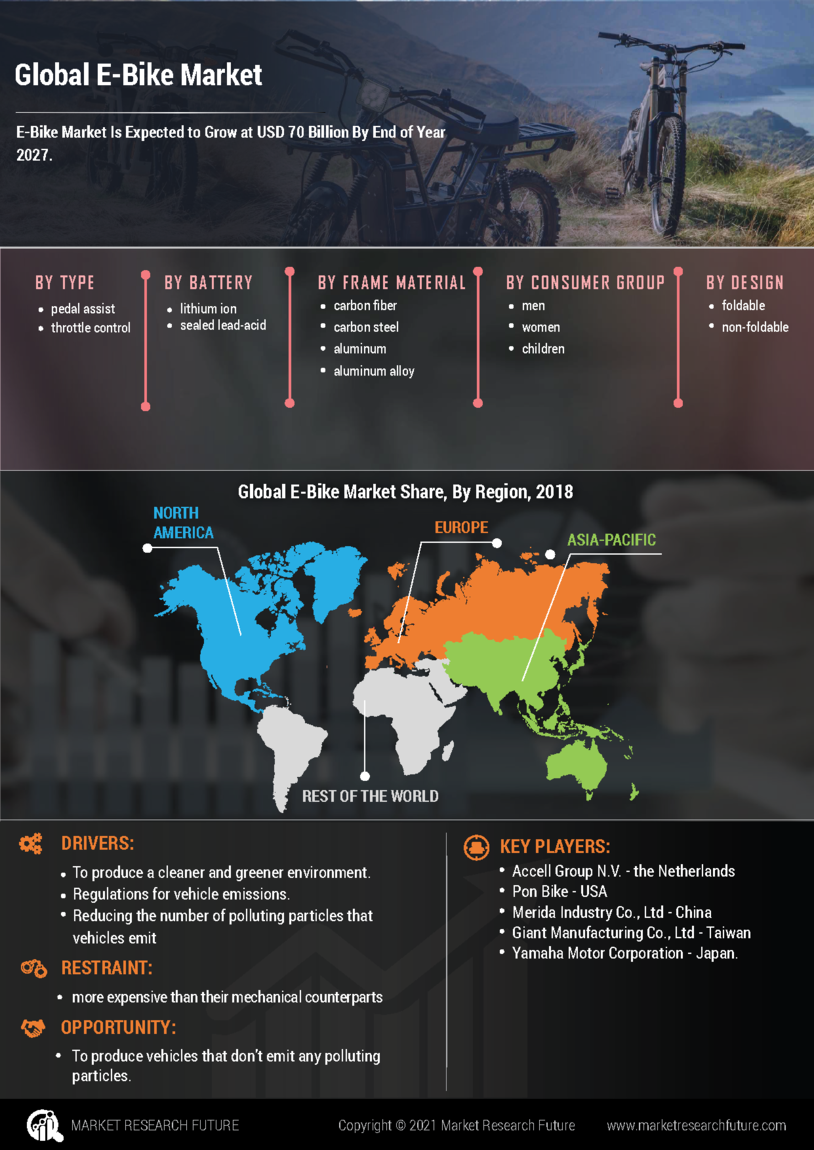

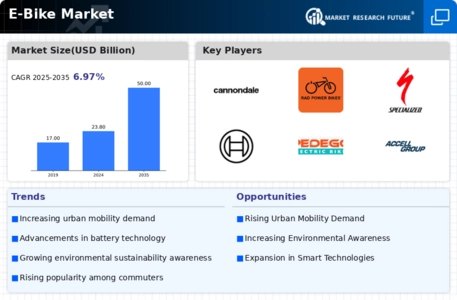
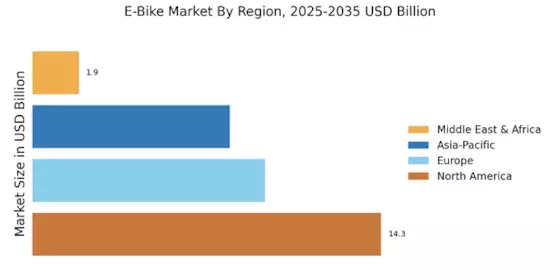

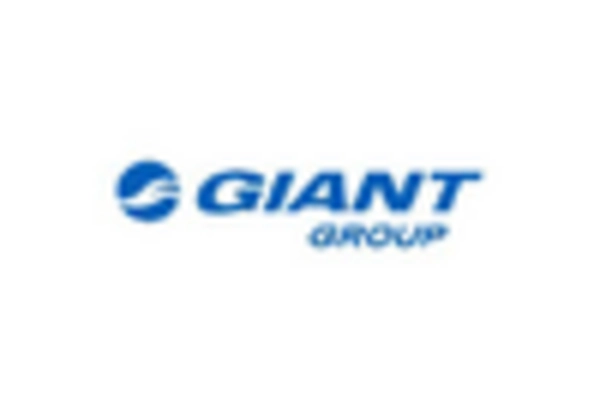

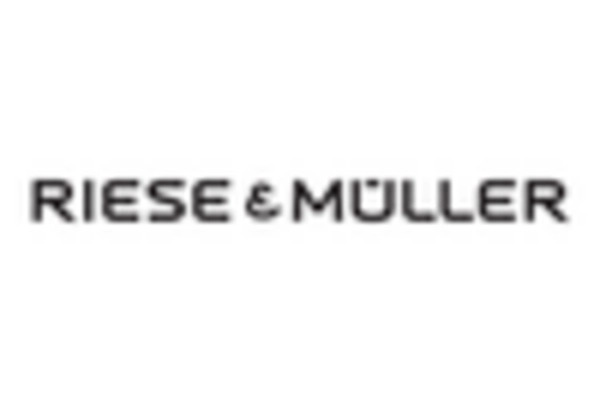










Leave a Comment